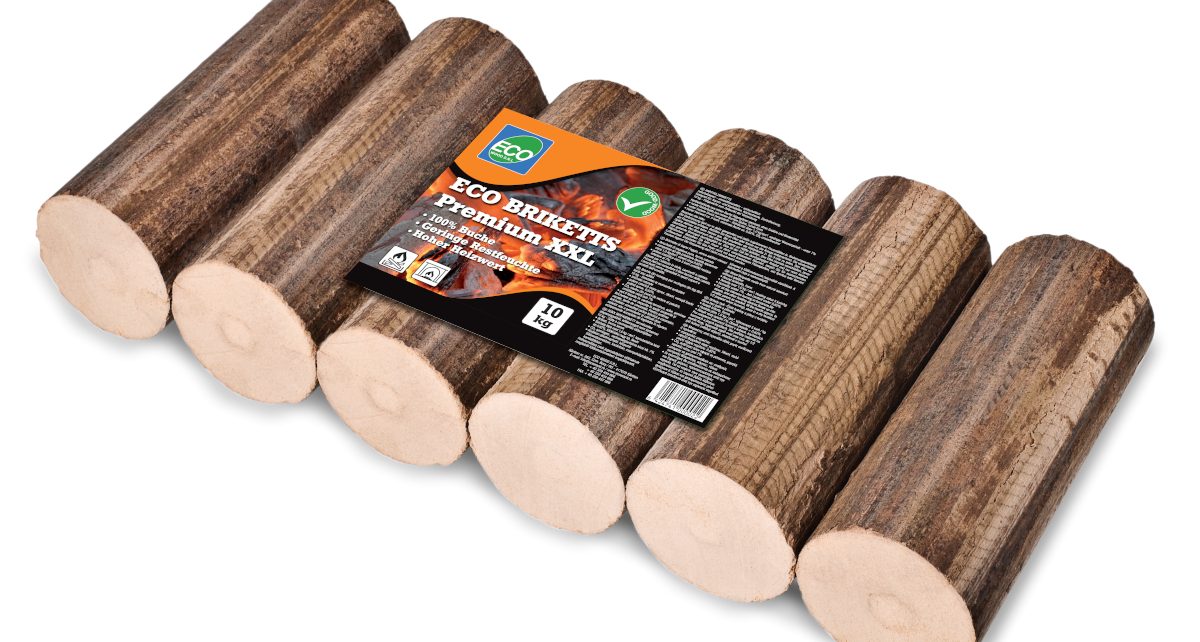Wood briquettes have emerged as a beacon of sustainability in forestry practices, offering a renewable and eco-friendly alternative to traditional fuel sources. With growing concerns about deforestation and climate change, adopting wood briquettes presents a promising solution. This article explores the role of wood briquettes in supporting sustainable forestry practices, highlighting their benefits and significance in mitigating environmental challenges. Additionally, considering factors such as puitbrikett hind can contribute to making informed choices supporting ecological and economic sustainability.
1. Renewable Resource Utilization
Wood briquettes are crafted from compressed sawdust, wood chips, and other organic materials, making them a renewable resource. Unlike fossil fuels, which deplete finite reserves, wood briquettes utilize byproducts of the forestry industry, reducing waste and promoting efficient resource management. This sustainable approach helps preserve forests by minimizing the need for additional logging, thereby maintaining ecological balance and biodiversity.

2. Carbon Neutrality
One of the key advantages of wood briquettes is their carbon neutrality. When burned, they release carbon dioxide (CO2) equivalent to the amount absorbed during the growth of the trees from which they are derived. This closed-loop carbon cycle ensures that wood briquettes have a minimal net impact on atmospheric CO2 levels, unlike fossil fuels that introduce additional carbon into the atmosphere. By choosing wood briquettes over traditional fuels, consumers contribute to mitigating climate change and reducing their carbon footprint.
3. Reduced Emissions and Air Quality Improvement
Wood briquettes burn more efficiently and cleanly than traditional firewood, emitting fewer pollutants such as particulate matter, sulfur dioxide, and nitrogen oxides. This leads to improved air quality and reduced health risks associated with indoor and outdoor air pollution. In regions where wood burning is prevalent for heating and cooking, the widespread adoption of wood briquettes can significantly address respiratory illnesses and environmental degradation caused by harmful emissions.
4. Economic Opportunities for Forestry Communities
The production and sale of wood briquettes create economic opportunities for forestry communities, fostering local industries and livelihoods. Wood briquette manufacturing generates revenue streams that support sustainable forest management practices by adding value to forestry byproducts, such as sawdust and wood residues. Additionally, wood briquettes as an affordable and accessible fuel source empowers households and businesses in rural areas, reducing dependence on expensive or unsustainable energy alternatives.
5. Waste Reduction and Circular Economy Promotion
Wood briquettes promote a circular economy by repurposing waste materials from the forestry and wood processing industries. Rather than discarding sawdust and wood chips as waste, these materials are transformed into valuable fuel sources, closing the loop on resource utilization and waste management. This approach minimizes landfill waste and conserves natural resources by sustainably maximizing available materials.

In conclusion, wood briquettes offer a multifaceted solution to forestry practices’ environmental and socio-economic challenges. From renewable resource utilization to carbon neutrality and economic empowerment, the benefits of wood briquettes extend far beyond conventional fuel sources. As consumers increasingly prioritize sustainability and environmental stewardship, the demand for wood briquettes is expected to rise, driving innovation and investment in forestry practices that support a greener future.

